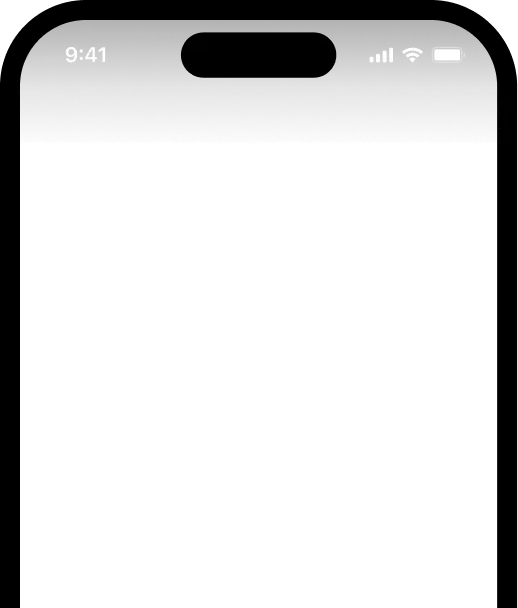
Solunar Definition and Examples: Understanding the Influence of Lunar Phases on Fishing and Hunting
February 27, 2025
Solunar
The term "Solunar" is derived from the combination of the words "solar" and "lunar," referring to the influence of the sun and moon on the Earth's natural phenomena. In the context of maritime activities, the Solunar theory is particularly significant as it suggests that the positions and phases of the sun and moon can affect the behavior of marine life, including fish and other sea creatures.
For sailors and maritime enthusiasts, understanding Solunar tables can be crucial for planning fishing trips and other sea-related activities. These tables predict the best times for fishing based on the alignment of the sun and moon, which are believed to influence the feeding patterns of fish. The theory posits that fish and other animals are more active during certain times of the day, which are referred to as "major" and "minor" periods.
Major Periods: These are the times when the moon is directly overhead or underfoot. During these periods, marine life is generally more active, making it an ideal time for fishing.
Minor Periods: These occur when the moon is rising or setting. Although not as potent as major periods, minor periods still offer increased activity among fish.
Solunar tables are widely used by fishermen to enhance their catch rates by aligning their fishing activities with these periods. Additionally, sailors may use Solunar information to anticipate changes in marine life behavior, which can be crucial for navigation and safety at sea.
Overall, the Solunar theory provides valuable insights for maritime users, helping them to optimize their activities by understanding the natural rhythms influenced by celestial bodies.
Understanding Solunar Theory in Maritime Context
The Solunar theory is a hypothesis that suggests the movement and activity of fish and other animals are influenced by the position and phases of the moon. This theory is particularly relevant to maritime activities, especially fishing, as it helps predict the best times for catching fish based on lunar cycles.
What is the Meaning of Solunar?
The term 'Solunar' is derived from the words 'solar' and 'lunar', indicating the influence of the sun and moon. In a maritime context, it refers to the prediction of fish and game activity based on the moon's position and phase, as well as the sun's position.
How Does the Solunar Theory Apply to Fishing?
According to the Solunar theory, there are specific times during the day when fish are more active and likely to bite. These periods are known as Solunar periods and are classified into Major and Minor periods. Major periods are when the moon is directly overhead or underfoot, while Minor periods occur when the moon is rising or setting. These times are considered optimal for fishing.
How Accurate is the Solunar Theory?
The Solunar theory is widely accepted among anglers as a useful tool for predicting peak fish feeding times. While not infallible, many fishermen find that aligning their fishing activities with Solunar periods increases their chances of success.
How to Read a Solunar Table?
Solunar tables are charts that list the predicted activity periods for fish and game based on the moon's position and phase. To use a Solunar table, locate the date and find the Major and Minor periods for that day. These tables are available online and in print, providing a valuable resource for planning fishing trips.
Conclusion
For maritime users, understanding and utilizing Solunar tables can significantly enhance fishing success. By aligning fishing activities with the moon's phases and positions, anglers can optimize their efforts and increase their catch rates.




